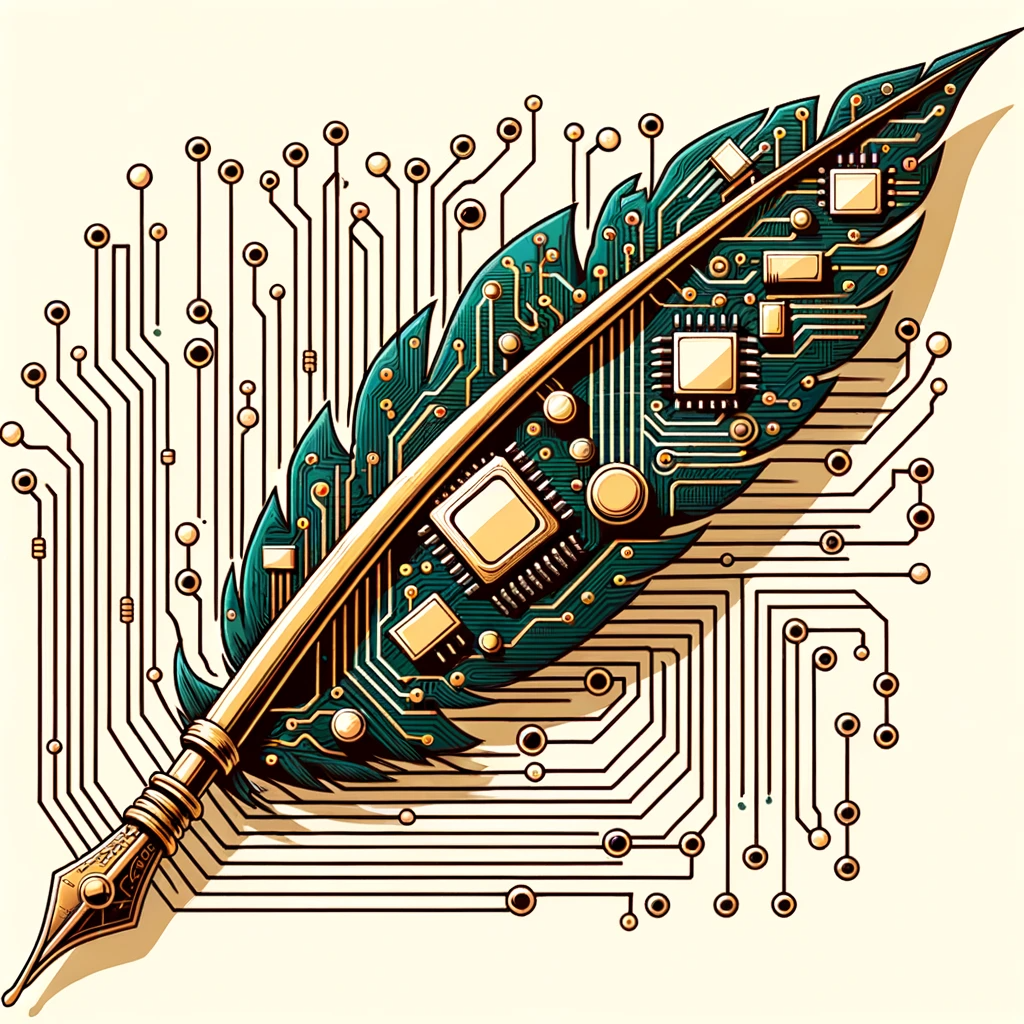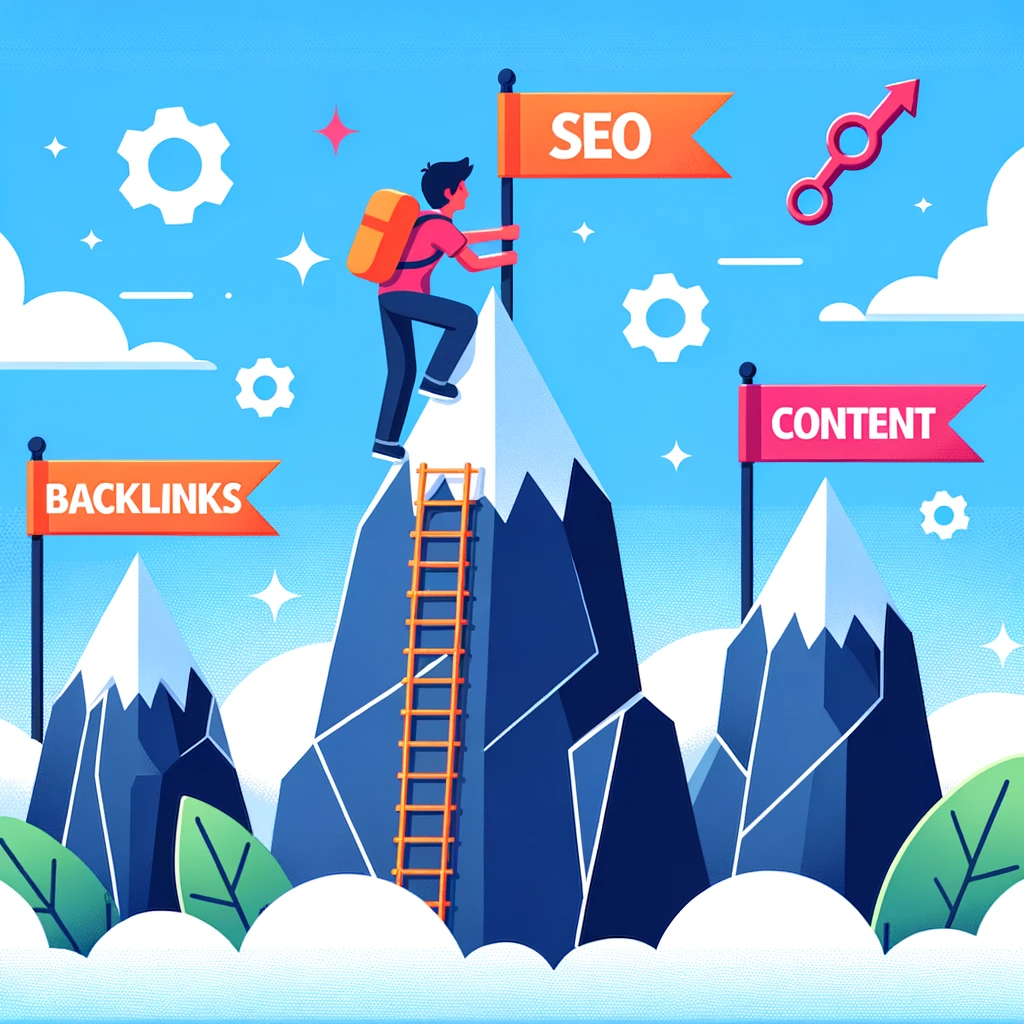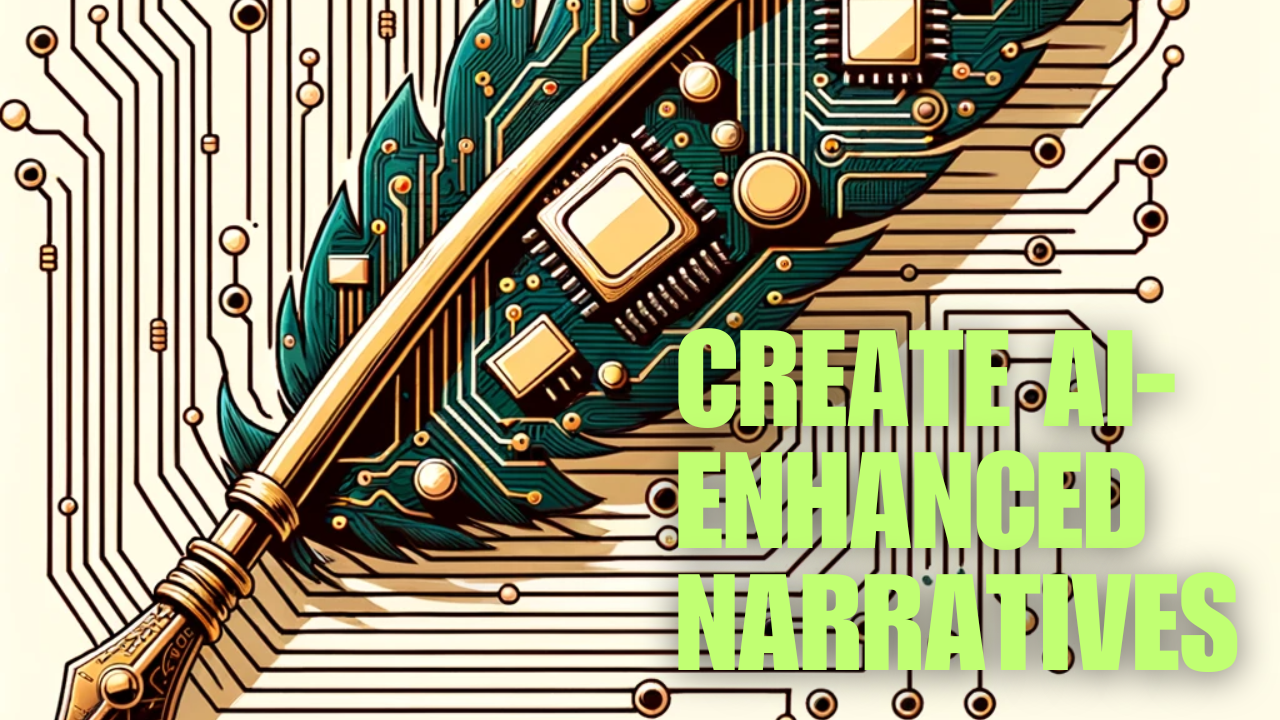Table of Contents
Introduction

In the tapestry of today’s digital evolution, the rapid advancement of Artificial Intelligence (AI) has woven itself as a significant thread, sparking endless debates and explorations across various domains. The realm of writing and content creation is no exception to this wave of technological curiosity. The question that echoes through the corridors of literary forums is: Can AI replace human writers? It’s a question that holds a mirror to the delicate interplay between creativity and code, between the heartbeats of human expression and the binary rhythm of artificial intelligence.
As we stand at the cusp of an era where AI-driven writing tools are becoming more sophisticated, the thought of machines taking over the sacred space of human creativity can evoke a mixture of awe and apprehension. AI has showcased a remarkable ability to generate text at a pace no human could match, process vast expanses of data within the blink of an eye, and even mimic a variety of writing styles with a certain degree of finesse. The allure of AI’s capabilities in augmenting the writing process is indeed hard to ignore.
However, despite these leaps in technological prowess, the essence of human creativity bears a certain magic that remains elusive to the cold logic of algorithms. There’s a profound depth of understanding, a touch of empathy, and a nuanced interpretation of experiences that human writers infuse into their work, creating a rich tapestry of relatable narratives. These are facets of writing where AI, with its lack of lived experiences, finds itself at a stark disadvantage.
But rather than drawing a battle line between human writers and AI, perhaps there’s a more harmonious tune that can be played. A tune of collaboration, where AI and humans complement each other’s strengths, leading to a symphony of creativity enriched with the precision of technology. This notion forms the core exploration of this blog.
In the following sections, we’ll delve deeper into the capabilities of AI writers, shedding light on their strengths and limitations. We’ll also explore the beautiful possibilities that may unfold when human writers join hands with AI, creating a bridge between the heart and the code.
So, as we venture into this exploration, let’s keep our minds open to the immense potential that lies at the intersection of human creativity and artificial intelligence, and how this synergy can shape the future of writing in the digital age.
Create AI: Unleashing Writing Capabilities
Create AI: Speed and Efficiency in Writing

One of the striking advantages of AI in the world of writing is its sheer speed and relentless efficiency. The capability to spew out text at a remarkable rate distinctly sets AI apart from us human writers, who may need a breather, a sip of coffee, or the calm of night to recharge and continue with our work. In contrast, AI exists in a realm where fatigue is foreign, tirelessly generating vast stretches of text in the time it might take us to think of a fitting adjective. This is especially crucial in scenarios with tight deadlines or high-volume writing tasks that demand a quick turnaround.
The efficiency of AI extends beyond mere speed. It embodies a level of precision and consistency over extended periods of operation, which is a significant advantage in maintaining a uniform tone and style across large bodies of text. For businesses and publications, this level of efficiency can be a game-changer, ensuring that the content output remains consistent in quality and style, regardless of the volume or the ticking clock.
Moreover, the process to create AI has instilled a capability to handle multiple writing tasks simultaneously. Unlike a human writer who may juggle a few assignments at a time, AI can manage numerous projects, each with its own set of guidelines and deadlines, without breaking a virtual sweat. This multifaceted efficiency presents a compelling case for integrating AI tools in the content creation process, especially in a world where the demand for fresh, high-quality content is ever-escalating.
Yet, amidst this narrative of speed and efficiency, the soulful deliberation, the thoughtful pause, and the creative meandering that often lead to a human writer’s most profound pieces, find no parallel in the AI’s realm. This contrast paints a vivid picture of the complementing strengths of man and machine, hinting at a collaborative synergy rather than a replacement scenario.
In embracing the speed and efficiency of AI while cherishing the thoughtful pace of human creativity, there lies a promising horizon. A horizon where the fast-paced efficiency of AI merges with the deep, reflective, and often meandering journey of human thought, leading to a harmonious blend of productivity and creativity in the literary landscape.
Create AI: Pioneering Data Processing and Analysis

In the modern era, the ability to efficiently process and analyze data has become a cornerstone for creating informed and impactful content. This is where AI shines bright. It embodies an epitome of efficiency, delving into oceans of data with a precision and speed that is far beyond human capacity. Whether it’s scanning through years of research reports, analyzing trends in real-time, or making sense of complex datasets, AI performs these tasks with an ease that’s nothing short of remarkable.
The real magic unfolds when AI transforms this raw data into meaningful insights. It can sift through the noise, identify patterns, and present these findings in a comprehensible format, ready for human interpretation. In the realm of data-driven storytelling, this ability is invaluable. It empowers writers to craft narratives that are not just engaging, but deeply rooted in facts and figures, thus adding a layer of credibility and authority to the content.
Moreover, the initiative to create AI has led to the development of tools that can visualize data in intuitive and engaging ways. This not only enhances the aesthetic appeal of the content but also makes complex information easily digestible for a broader audience. This visualization capability, coupled with robust data analysis, opens doors to a new dimension of storytelling, where narratives are enriched with factual accuracy and visual appeal.
However, while AI excels in processing data, the human touch in analyzing the nuances, interpreting the implications, and crafting a narrative that resonates with the audience is irreplaceable. AI can provide the figures, but it’s the human writers who breathe life into these numbers, turning statistics into stories that move, inform, and inspire.
This blend of AI’s data processing prowess and human interpretative skills creates a powerful synergy. It allows for greater topic research, a richer story, and, ultimately, a more informed and interested audience. with a world awash with data, the ability to collect, evaluate, and convey relevant insights is more than a skill; it is a requirement. And it is here that the partnership of AI and human writers has the potential to take content creation to new heights of brilliance. creation to new heights of excellence.
Create AI: The Evolution of Language Modeling

The progression of language modeling is a shining testament to the strides made in the endeavor to create AI that can mimic human-like text generation. At the heart of this advancement lies sophisticated models like GPT-3 (Generative Pre-trained Transformer 3) and its successors, which have significantly elevated the quality and coherence of AI-generated text.
These language models are trained on vast datasets encompassing a wide range of topics, literary styles, and linguistic nuances. Through rigorous training, they learn to predict the next word in a sequence, enabling them to generate sentences that are not only grammatically correct but also contextually relevant. The result is a machine capable of crafting text that mirrors the stylistic and thematic coherence of human-authored content.
One of the fascinating aspects of modern language models is their ability to adapt to different writing styles and tones. Whether it’s drafting a formal report, concocting a whimsical tale, or penning a heartfelt letter, these AI models can switch gears effortlessly. This stylistic versatility is a boon for writers, editors, and content creators, offering a powerful tool to expedite the drafting process across a plethora of genres and tones.
Moreover, language models can also help in overcoming language barriers. They have the ability to translate text across languages while maintaining the essence and nuance of the original narrative. This opens up a world of possibilities, enabling stories to traverse geographical and linguistic boundaries, reaching a wider audience.
However, despite the remarkable capabilities of language models, they aren’t without limitations. They derive their knowledge from pre-existing data, and thus, are confined to the boundaries of what has been previously written. They lack the intrinsic creativity and the ability to think beyond the established norms, which is a hallmark of human writers. While they can mimic style, they cannot truly innovate or think outside the conventional boundaries.
Moreover, the ethical considerations surrounding language models cannot be overlooked. The potential for misuse, generation of misleading information, or propagation of biases present in the training data are challenges that necessitate a thoughtful approach in leveraging these models.
The journey to create AI that can truly understand and emulate human language is ongoing. Each advancement in language modeling brings us a step closer to a future where AI can be a valuable ally to human writers, aiding in the creative process rather than attempting to replace the irreplaceable.
Create AI: Navigating SEO Optimization

In the digital epoch where the internet is flooded with an overwhelming amount of content, standing out in the vast ocean of information is both a necessity and a challenge. This is where SEO (Search Engine Optimization) emerges as a beacon of visibility. It’s the bridge that connects content creators with their desired audience in the expansive digital landscape. And the role of AI in optimizing this bridge is becoming increasingly significant.
The quest to create AI has led to the development of intelligent tools capable of analyzing and integrating SEO strategies within the content seamlessly. These tools can scrutinize the ever-evolving algorithms of search engines, decipher the patterns of user engagement, and adapt the content to align with these insights.
One of the prime facets of SEO optimization through AI is keyword analysis. AI tools can delve into the vast realm of keyword data, identify the phrases and terms that resonate with the target audience, and suggest optimal placements within the content. They can analyze the search volume, the competitiveness, and the relevance of keywords, providing a solid foundation for crafting SEO-centric content.
Furthermore, AI extends its prowess to on-page optimization. It can analyze various on-page elements like meta descriptions, title tags, headers, and image alt texts, ensuring they are optimized for search engine visibility. It’s like having a vigilant editor that ensures every aspect of the page is fine-tuned to cater to the search engine algorithms.
Beyond the page, AI also plays a vital role in understanding and enhancing the user experience, which is a crucial factor in SEO. It can analyze user behavior, bounce rates, and engagement metrics to provide insights into how the audience interacts with the content. This data is invaluable for making informed decisions to optimize the website’s design, content layout, and overall strategy to align with SEO best practices.
Moreover, AI-powered SEO tools can monitor the performance of content over time, providing analytics and insights on how different SEO strategies are faring. This iterative feedback is crucial for continuous optimization and staying relevant in the dynamic digital landscape.
However, amidst all the technical optimizations, the essence of SEO still revolves around providing valuable, relevant, and engaging content to the readers. While AI can guide the technical aspects of SEO, the creativity, and the human touch in crafting content that resonates with the audience is indispensable.
The integration of AI in SEO optimization is a glimpse into a future where technology empowers creators to reach their audience in a more effective and insightful manner. By handling the technical intricacies of SEO, AI allows human writers to focus more on the heart of the content, ensuring a harmonious blend of visibility and value.
Conclusion

As we navigate through the fascinating capabilities of AI in the domain of writing and SEO optimization, it’s evident that we are merely scratching the surface of a vast realm of possibilities. The union of AI and human creativity opens up a dialogue that extends beyond the confines of mere text generation. It beckons a future where the narrative is co-authored by human insight and machine precision, each complementing the other, leading to a richer, more insightful discourse.
As we wrap up this segment of our exploration, the anticipation for what lies ahead is palpable. The journey to uncover the full spectrum of AI’s potential in writing continues, and as we step into the next chapter, the focus will shift to the limitations and ethical considerations surrounding AI in writing. It’s a narrative laden with curiosity, caution, and the indomitable spirit of human creativity.
So, stay tuned for the next installment where we will delve deeper into the contrasting yet complementary dance between AI and human creativity. Until then, let the intrigue of what AI brings to the writing table simmer, and may it spark discussions, ideas, and a forward-thinking approach to embracing technology in our creative endeavors.
Thank you for joining us in this exploration, and we look forward to embarking on the next phase of this enlightening journey together.



